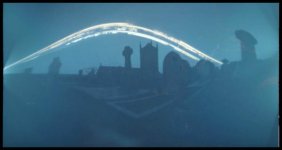italy74
Well-known
Hi guys
I'm not much into pinhole cameras but I found this news that could be nice to read about an experiment made in Bristol a few years ago.
I won't tell you anything... 😀
http://www.mentalfloss.com/blogs/archives/21666
I'm not much into pinhole cameras but I found this news that could be nice to read about an experiment made in Bristol a few years ago.
I won't tell you anything... 😀
http://www.mentalfloss.com/blogs/archives/21666



